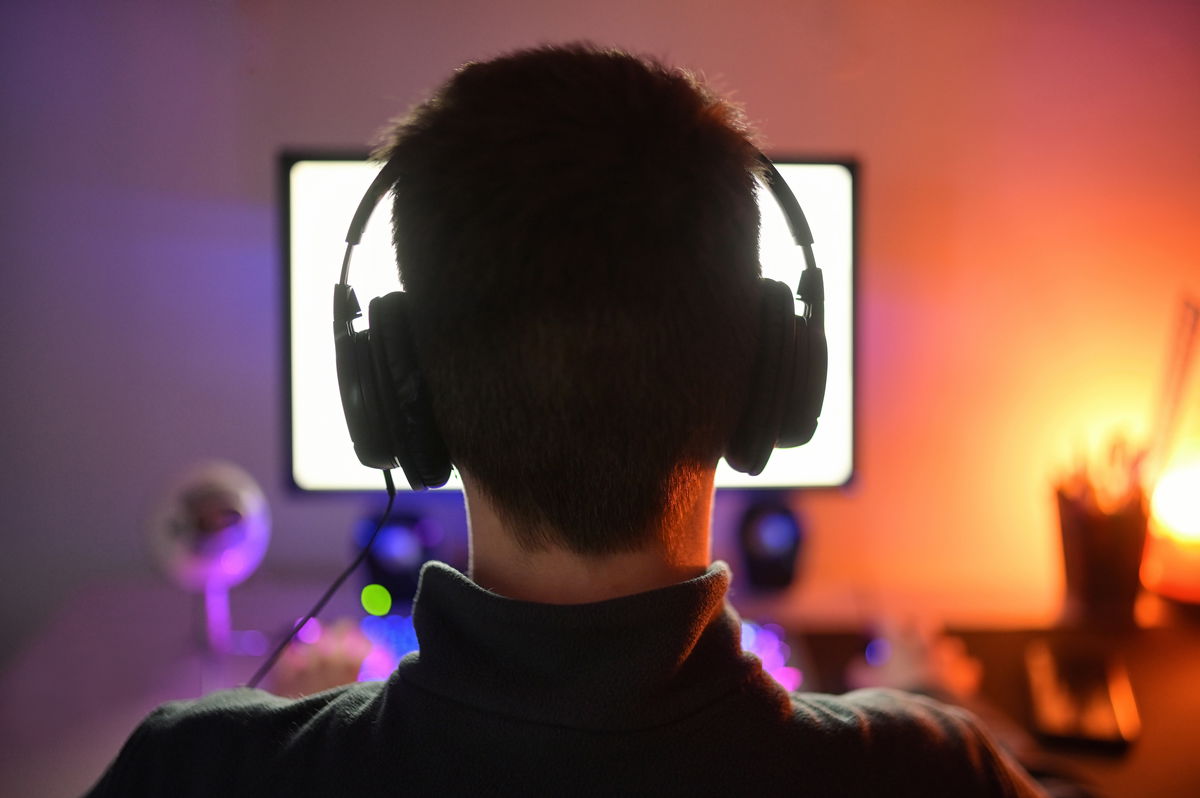Highlights
“Florida Blames Mothers When Men Batter Them, Then Takes Their Children.” That was the headline of a recent essay in USA Today, which told the stories of several women who felt they had been treated unjustly by a system that didn’t seem to understand these women were the real victims. But the story also raises the uncomfortable question of what to do about children who live with, or continue to have regular contact with, men who behave violently toward their mothers.
Some of the complaints about the Sunshine State’s child welfare system will sound familiar to anyone who reads enough about these kinds of cases: inexperienced caseworkers who failed to investigate thoroughly, “case plans” that had little to do with the original problems or were never agreed to by the mother, poor treatment of kids who were removed to foster care, and a slow-moving system that kept young children in state custody for longer than necessary.
But, as the article notes, "Caseworkers and judges are under intense pressure to err on the side of protecting children. And homes where mothers are being abused can be dangerous for children in a variety of ways, including the emotional impact of witnessing violence."
Leave aside for a moment the trauma of witnessing violence, it should be acknowledged that kids who are living with men who beat their mothers are much more likely to be abused themselves. A summary of an Institute of Medicine workshop on preventing violence against women and children offers an overview of the research:
A recent study using a nationally representative sample of children up to age 17 found that children who had witnessed intimate partner violence in the previous 12 months were 3.88 times more likely to experience maltreatment during those 12 months than children who had not witnessed intimate partner violence (Hamby et al., 2010). An earlier study found that approximately 35 percent of children in the United States between the ages of 14 and 17 have been exposed to intimate partner violence and that 40 percent of all child abuse victims report violence in the home between their parents (Finkelhor et al., 2009). Although not every child who is exposed to intimate partner violence is also a victim of maltreatment, or vice versa, the data from the United States suggest a spectrum of violence that cannot be easily parsed into its separate components.
The hypothetical risk may not be enough to merit removal. But the USA Today article suggests that investigators “criticized abused mothers and their choices,” and that “mothers bear the brunt of caseworkers scrutiny because they are typically their children’s primary caregivers.” It’s true that mothers are the ones responsible in most cases for protecting children—often these men are not the biological fathers anyway—but what is the alternative? The goal of the child welfare system is to keep children safe. Either we pressure mothers to make different choices or children may have to be removed.
Though the USA Today authors argue that “the child welfare system re-victimizes battered women,” the goal of child welfare is not to punish or reward mothers’ choices, but rather to protect children. It is hard to write an article from the perspective of young children, but that seems to be what’s missing here and in so much other journalism about intimate partner violence.
A recent article in the New Republic on women’s incarceration profiles women who were imprisoned for long periods of time, despite the fact that their crimes seem to be acts of self-defense against their partners or acts committed against others with (sometimes literally) a gun to their heads by their partners. Most of those interviewed had suffered years of abuse at the hands of their families, boyfriends, and strangers. But even though these women are victims themselves and may have felt they had no choice other than to commit the crime, their children were clearly in danger.
Take Tanisha, for instance. After her boyfriend forced her to help him murder someone, she ran away and had no permanent address or way to support herself. She would regularly leave her baby in the car at night to procure drugs and sex work. “She swept the place with her gun cocked. Only once it was clear would she carry [the baby] inside.” If authorities had removed the child from her custody, would it have re-traumatized her? Probably. Would it have been the right decision? Definitely.
When these women were asked what could have prevented the crimes committed against them as well as the crimes they committed, many of them cited “childhood intervention.” But childhood intervention in many of their cases would have probably resulted in their being removed from their own parents. (In a recent blog post, Marie Cohen argues that Lisa Montgomery, the first woman scheduled to be executed on federal death row in 70 years, could have been spared her own trauma and prevented from committing her horrific crime if someone had removed her from her family as a child.)
On a final and more uplifting note, there actually are resources available for women who are prepared to leave their abusive partners, though there is no doubt these programs should be expanded. In Florida, for instance, a program called One More Child offers supporting housing for single mothers in locations throughout the state. The program is designed to accommodate women age 18 and older and their children for approximately 9-12 months. Jerry Haag, its CEO, tells me that “many of the moms are coming from backgrounds of domestic violence, homelessness, and abuse.” The program offers help with education and employment, as well as learning how to parent, cook and budget. Participants are also required to save 30% of their income. As Haag explained, “We are helping provide moms the safety that comes with economic mobility.” Helping mothers and their children together is the best solution to these problems. But if mothers are unwilling or unable, children need to be protected anyway.
Naomi Schaefer Riley is a senior fellow at the Independent Women’s Forum and a resident fellow at the American Enterprise Institute.















